
Until now, riders have had three choices when it came to flat pedals: concave, convex, or flat. Concave pedals (slightly bowl-shaped) are supposed to cup a rider’s shoe and hold it in place. Convex pedals (taller at the axle than at the edges) are designed to enable riders to adjust their feet without having to lift them off the pedal. And flat pedals are, well, flat, relying on pins, not shape, to anchor a rider’s feet in place.
The minds at OneUp Components looked at these shapes and found them all to be lacking. So, they came up with the Wave pedals, which blend concave and convex pedals into one platform “that promotes an aggressive heels-dropped riding position and gives you a more natural pedal stroke when seated” according to its website.
That sounds great, but are these new pedals a game-changer for riders devoted to flat pedals? Read on to find out.
OneUp Wave Pedals key specs
- Dimensions: 107mm wide x 110mm long
- Weight : 355g
- Available in 8 colors
- Price: $159.99
- Buy from OneUp and Jenson USA
My pair of test pedals arrived in a recycled cardboard box with minimal packaging. They included extra pins and a Pedal Bearing Nut Tool (in a separate recycled cardboard pouch) that is necessary for disassembling the pedal when servicing it.
The pedals are 31 grams lighter than the original OneUp aluminum flat pedals. When viewed from above, they have a platform that’s more square-shaped than OneUp’s original design. The Wave pedals are also slightly thicker than the original ones, but not by much.


Besides the wave shape, a significant difference between the two pedals is the pins. On the Wave pedals, the pins are angled toward the front of the pedal to increase grip when riding with your heels dropped.
The body of the pedal is made of forged and CNC’d 6061 aluminum and the axle is chromoly steel with ED coating. The pedal spins on an inboard igusTM bushing and three outboard cartridge bearings. Each pedal has ten M4 hollow pins per side (nine come installed) that are designed to be self-cleaning.
Installation is accomplished with an 8mm hex key. Remember to put a little grease on the pedal threads before installing them so that they don’t permanently bond to the crank, and go easy on the torque.

On the trail
I tested the pedals on both of my bikes (a fully rigid singlespeed and a trail hardtail) for a period of nearly two months, riding my favorite local trails as well as a few new ones on Florida’s east coast. The pedals live up to OneUp’s claims, with one caveat.
When I first started using them, I found that the pedals performed as advertised whenever I descended, pedaled, or braked. The forward-angled pins really dug into the soles of my shoes and kept my feet locked in place no matter how chunky the trail got.
However, when I leveled my feet on the pedals, any small bumps I hit on the trail caused my feet to slide forward, shifting my weight from my feet to my hands. I constantly found myself adjusting my feet on the pedals, only to have them knocked out of position again.
The issue drove me to distraction. I had even gone so far as to draft a review stating there was a design flaw in the pedals. Then, after discussing the problem with a MTB coach and reviewing the promotional materials on OneUp’s website, a light bulb went off.
Correcting a common mistake
I normally ride with the arch of my foot over the spindle. On its website, OneUp states that “[t]he concave front of the pedal hugs the ball of your foot.” It’s hard for the pedal to do that when the ball of my foot is resting on the leading edge of the pedal.
Once I focused on keeping the balls of my feet over the pedals’ spindles, the issue disappeared, and my riding experience improved.
Other observations
Overall, the pedals held up well during the testing period. They showed no evidence of scratches or blemishes to the surface after two months, so I am hopeful they will retain their beauty over the long haul.
Share your OneUp Wave Pedals review
Unfortunately, the black coating on the pins wore off completely within the first month of use. To date, I have not seen any signs of corrosion on the pins, but if you’re married to the idea of having black pins then these pedals aren’t for you.
Another consideration when buying pedals is their longevity and ease of service. Although I had no need to service them, as they continued to spin freely throughout the testing period, I am confident they will be as easy to service as other OneUp products when the time comes, especially since OneUp provides detailed service instructions for them on its website.

Pros and cons of OneUp Wave Pedals
Pros
- Superior grip anytime a rider drops their heels
- Allow for easy adjustments to foot placement without lifting your feet
- Easy serviceability
Cons
- Black coating on the pins wore off quickly
- Not a good option for riders who place their arches over the spindles when riding
Final thoughts
It’s hard to find flat pedals that provide great grip while still allowing riders to easily adjust their feet when needed without lifting them. OneUp seems to have achieved that sweet spot between the two.
The only issue I found with the pedals’ unique design is that they work well only when riders keep the balls of their feet on or just ahead of the spindle. For those who like to place the arches of their feet on the spindle, a convex pedal, like OneUp’s original flat pedals, is the better option.



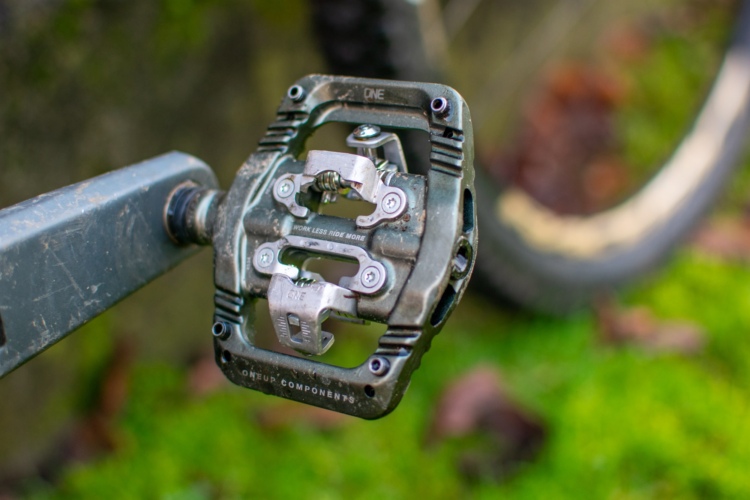
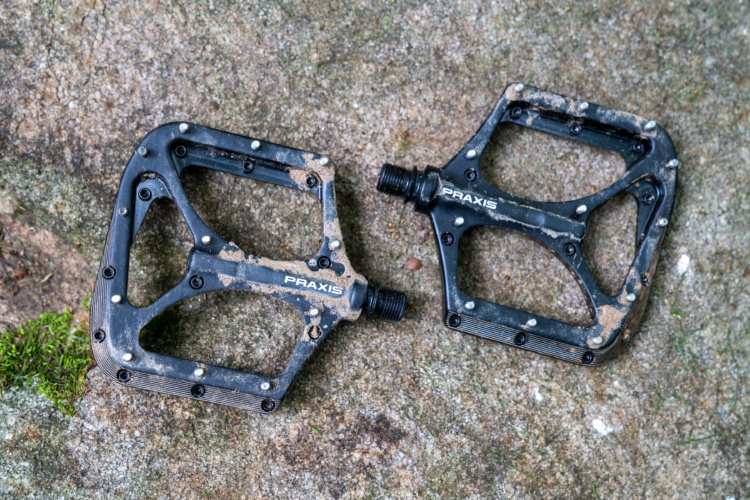


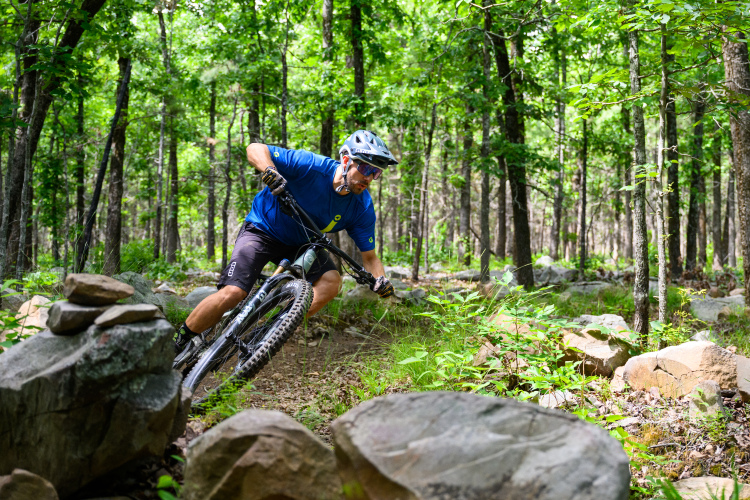
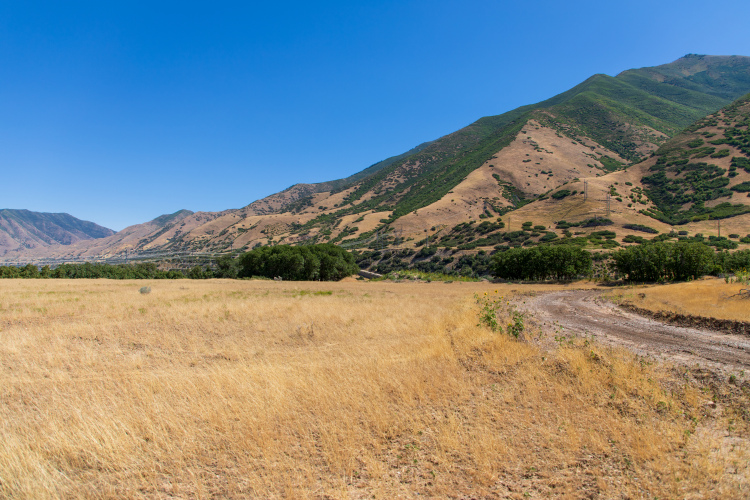
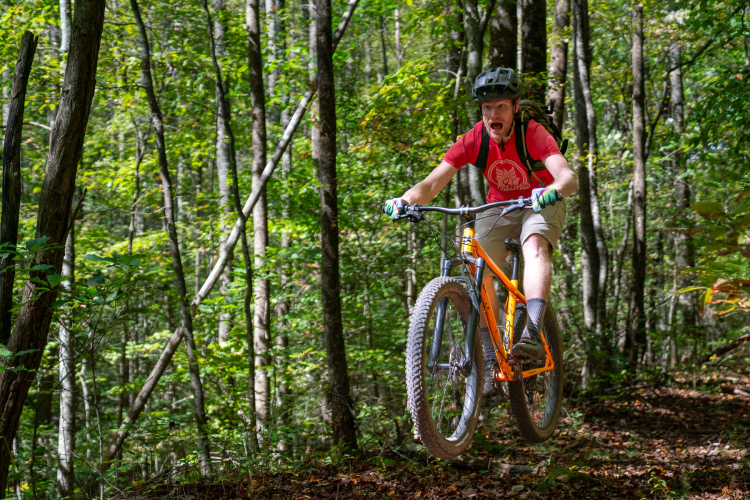

1 Comments
Jul 10, 2025